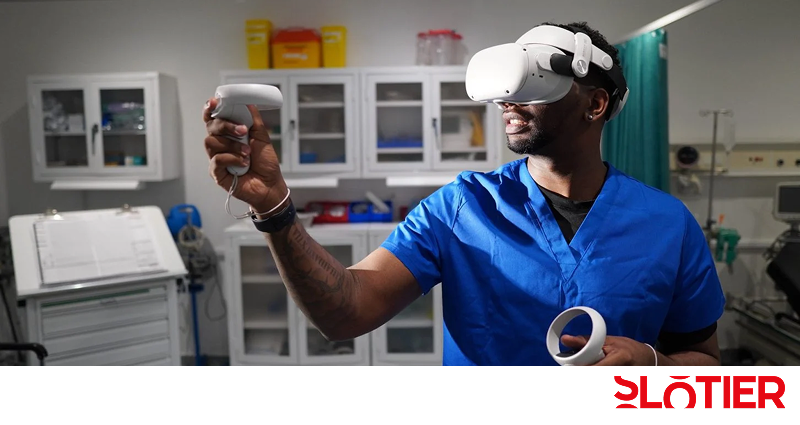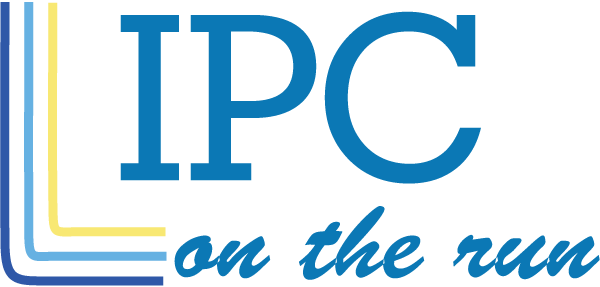Game-Based Format as a Way to Prepare for Real-Life Situations

Gaming technologies are becoming an increasingly prominent part of professional education. In the interprofessional training of specialists, they allow simulation of real situations and training of team actions in conditions close to practice.
In this approach, all learning is structured as a series of decisions, each of which affects the overall outcome. The simulator's structure resembles a complex selection system: actions, communication, role allocation, and risk management are all taken into account in the final assessment.
Communication as an entry point
One of the key blocks of simulation training is communication. In conditions of limited time and high workload, it is the interaction between team members that determines how successfully the task will be solved. Students go through cases in which they need not only to convey information, but also to make sure that it was understood correctly.
Mistakes in wording or misunderstandings can lead to disruption of the entire process. Therefore, it is important to be able to structure the message, listen, clarify and adapt it to the interlocutor. In real clinical practice, these skills are critical, especially when transferring information between specialists in different fields.
Roles and team dynamics
Complex cases require precise synchronization. Participants in the simulation are invited not only to complete the task, but to do it as part of a team, where each participant must be aware of their role. The lack of clarity in the distribution of responsibilities often leads to conflicts and mistakes.
Practice has shown that even with a good level of individual training, teams without a well-coordinated structure lose their effectiveness. Therefore, the simulator includes separate tasks for identifying, accepting, and practicing roles. This helps to understand exactly how the distribution of responsibility affects the final result.
Real-time risk management
In the simulation, participants are faced with an uncertainty factor — complicating elements that are introduced into the scenario without warning. This may be a change in the patient's condition, a system malfunction, or limited access to resources. The team's task is to adapt and continue working, minimizing possible consequences.
This approach allows you to develop critical thinking and flexibility. During scenario participation, participants form an understanding of how important it is not just to follow the algorithm, but to reevaluate the situation in time and, if necessary, change tactics.
Digital Platform Experience: Attention and resource management

Special attention in the training is paid to the analysis of practices applied in other industries. For example, digital self—control tools are increasingly being introduced in the field of iGaming and online casinos, from game time limits to notification systems and transaction limits.
Using the example of the Slotier Casino, you can consider how the mechanisms related to managing user behavior operate: Slotier deposit options, deposit restrictions, a voluntary pause system and other tools. These practices are used in the industry not only to regulate activity, but also to reduce the potential risk of addiction to online games and gambling.
The inclusion of such examples in the educational environment allows students to take a broader look at the issue of resource control, both in relation to digital platforms and in the work of clinical teams. The ability to recognize boundaries, set limits, and adjust behavior is an important skill not only in the entertainment field, but also in the professional environment.
Feedback and competence development
Upon completion of the simulation, each participant receives an individual analysis of actions. The system records not only the results, but also the behavioral features: how a person entered into a dialogue, made decisions, and behaved under stress. This gives participants not just an assessment, but an understanding of their own patterns of behavior.
Group feedback helps to identify weaknesses in teamwork and discuss them in a safe atmosphere. This approach strengthens the culture of analysis and reduces anxiety about mistakes. This means that it creates an environment where not only professional, but also personal qualities are developed.
Why do simulators work?
Gaming solutions have long gone beyond the entertainment industry. Today, they are used in education, business, healthcare, and even public safety. Their effectiveness is explained by the fact that they allow mistakes without consequences, encourage experimentation, and make the link between action and result more tangible.
In the field of interprofessional training, simulation formats provide an opportunity not just to hear about the importance of cooperation, but to experience it in practice. This makes learning lively, memorable, and practical.
Even elements such as bonuses for successful completion or randomness elements taken from game mechanics add motivation if used correctly. The main point is not to prioritize form over substance, but to use the game approach as a tool for developing sustainable professional skills.
Conclusion
Simulation training provides an opportunity to safely practice interaction and decision-making skills. Methods borrowed from the field of digital platforms and online services help to make the educational process more flexible and practice-oriented.
